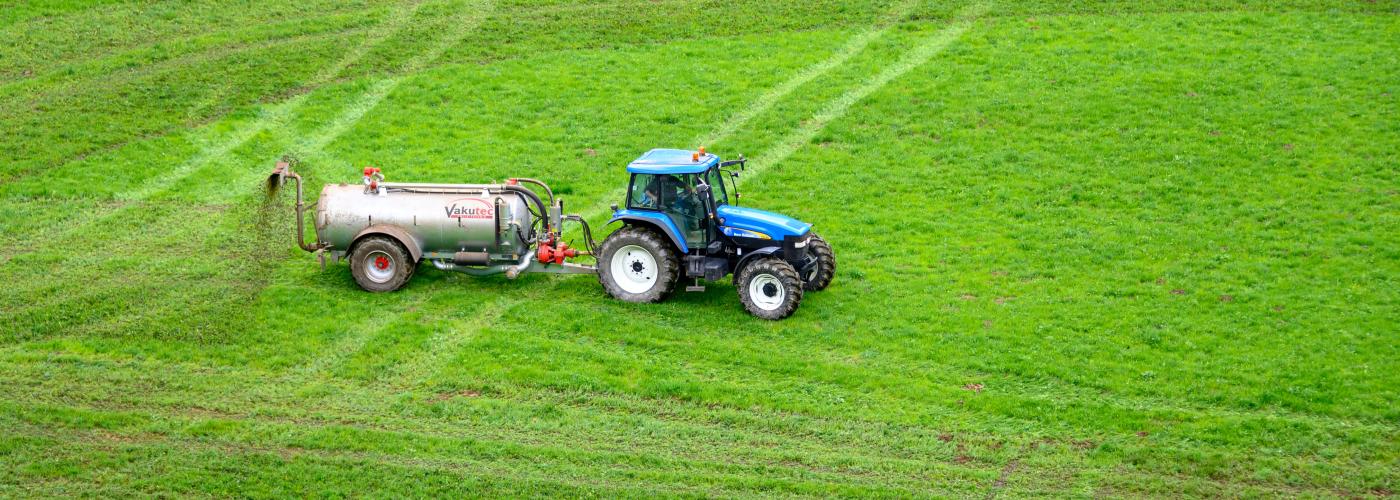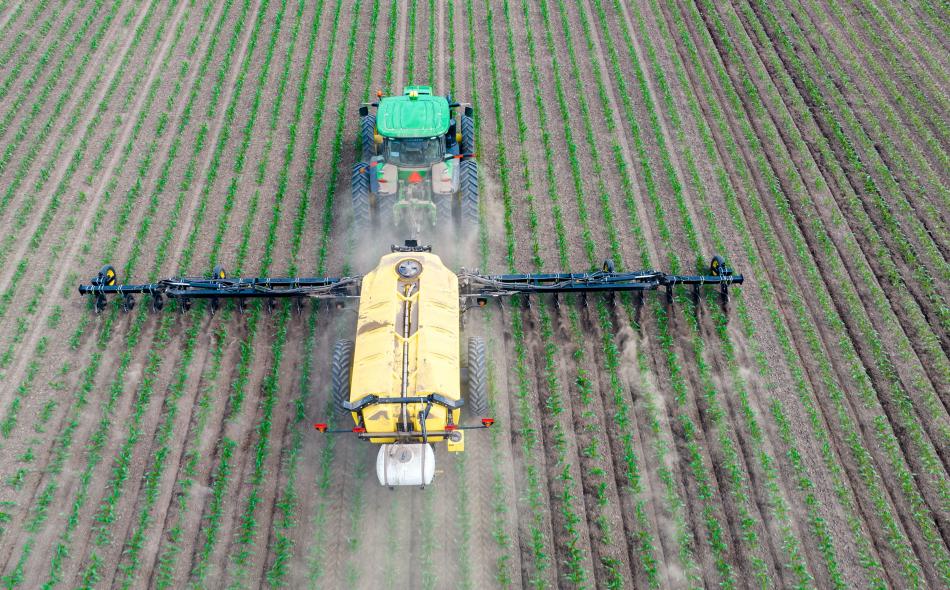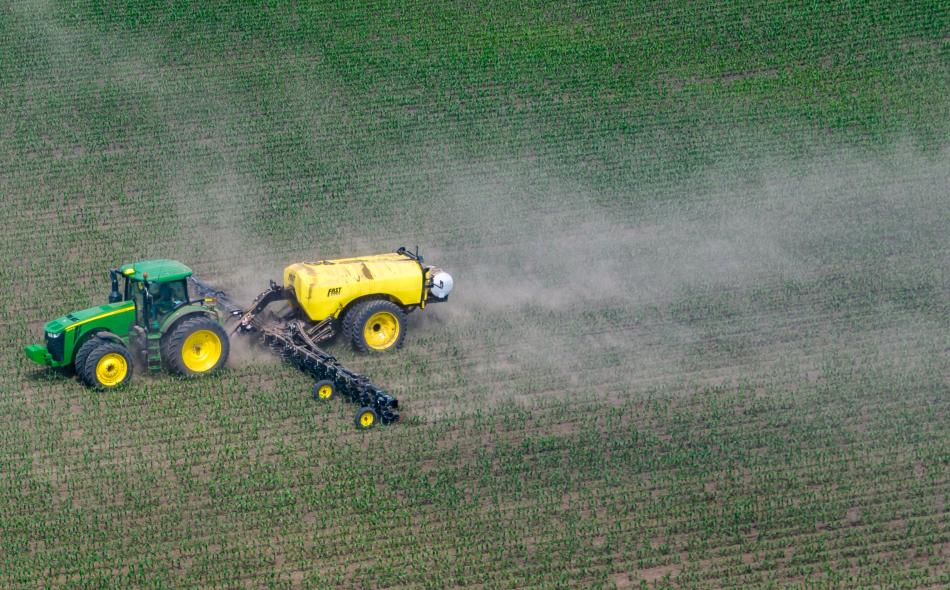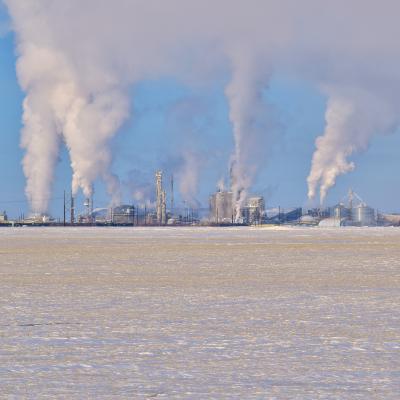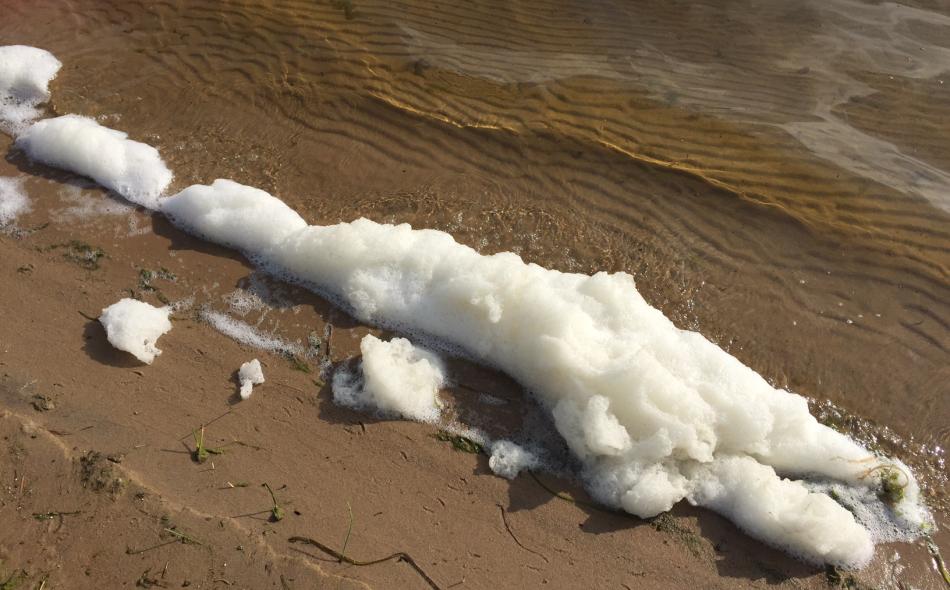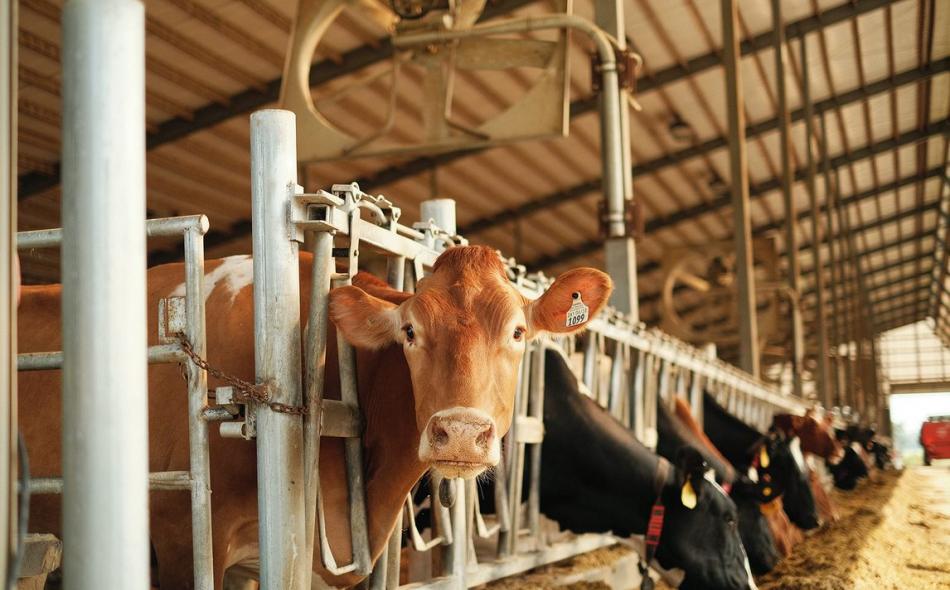Few questions drive home the contradictions of agriculture and climate policies as acutely as the question of what to do about nitrogen fertilizer. On one hand, most countries have grown dependent on synthetic fertilizer to grow food and agricultural commodities in vast quantities. On the other hand, the rise in the use of synthetic fertilizer worldwide is a disaster for public health, ecosystem health and the climate.
Synthetic fertilizer emits one of the most damaging greenhouse gases: nitrous oxide. N2O has 280 times more global warming potential than carbon dioxide over a 20-year period. Yet, it is all but ignored in climate policy. Fertilizer use is rising just as experts predict that humanity has just under three decades to cut global emissions to near zero if we want to avert a climate catastrophe.
Synthetic fertilizer damages other critical planetary systems as well. Excess nitrogen runoff pollutes water systems and causes eutrophication, which kills aquatic life and destroys fisheries worldwide in what are called “dead zones” in coastal eco-systems. Synthetic fertilizer is also a source of air pollution that contributes to premature deaths. Over time, overuse of synthetic fertilizer reduces soil fertility and intensifies the vulnerability of agricultural land to drought.
When Russia invaded Ukraine, the price of synthetic fertilizer spiked. The highly concentrated fertilizer companies, such as Yara, made billions of dollars in windfall profits. The cost to farmers and the governments who subsidize fertilizer use skyrocketed. The current structure of synthetic fertilizer production and distribution allows companies to pass on their cost increases and to protect their extraordinary profits.
But can we grow enough food to protect sufficient calories for a still rising human population without synthetic fertilizers?
The short answer is yes. In many places, as part of a broader transition to agroecology, farmers are demonstrating that they can reduce and even eliminate chemical fertilizers without sacrificing yields. Farmers practicing agroecology are restoring ecosystems and biodiversity, while contributing to household income by reducing their expenses. New policies are needed to support both farmers currently using agroecological practices and those transitioning towards farming systems that dramatically cut reliance on synthetic fertilizer, thereby reducing greenhouse gas emissions and input costs for farm operations while diversifying the food supply needed to protect the right to food.
We need to dramatically cut current levels of synthetic fertilizer use and actively invest in more sustainable alternatives.
PFAS
The inclusion of dangerous chemicals within farm fertilizers can have severe environmental and health effects, while contaminating farmland. Recent discoveries of so-called forever chemicals called Per- and Polyfluoroalkyl Substances (PFAS) on farmland has raised new awareness about the critical importance of strong regulatory protections for fertilizers. IATP's work to protect farmland from PFAS-contaminated fertilizer follows past work to block the use of sewage sludge and other industrial toxic waste as fertilizer. Learn more about our PFAS work.

